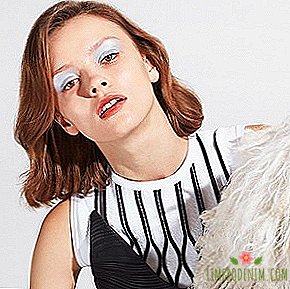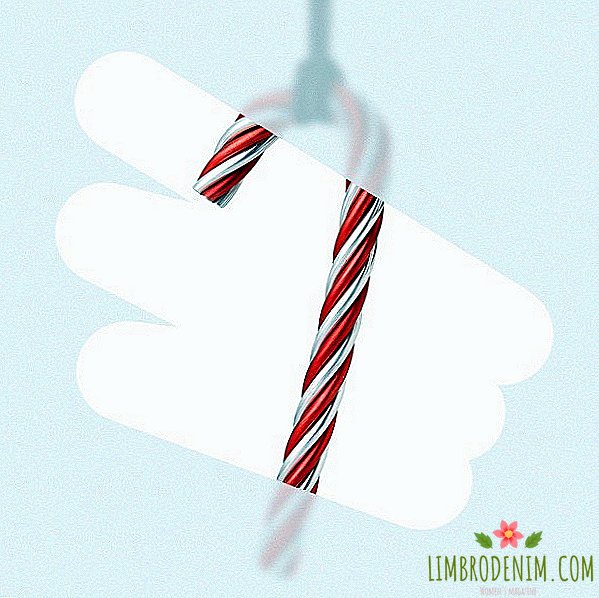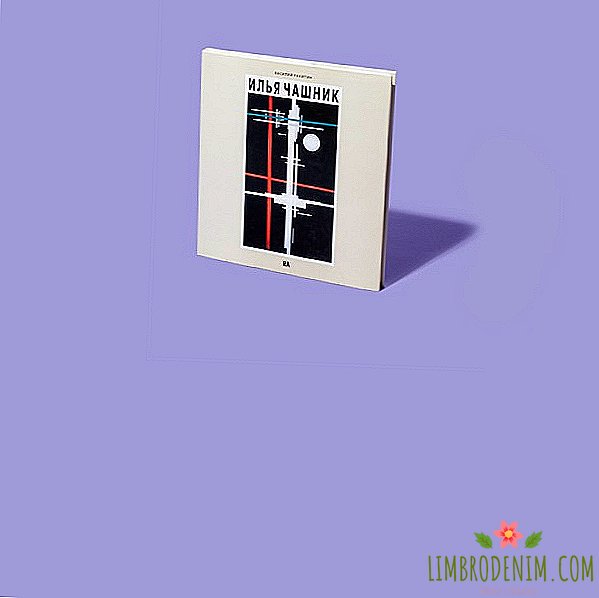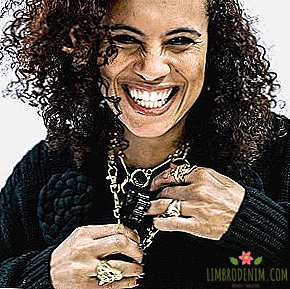Mother's blue lipstick: Why the beauty revolution did not happen
Text: Roxana Kiseleva
Last year was rich in bold decisions in the world of beauty.. It was everything: the Caitlin Jenner collection for MAC, Burberry glitter for the price of a romantic dinner, Jeffree Star graphite highlighters and L'Oréal azure sparkles. And 2017 began with a startling news: a man became the face of the Maybelline advertising campaign for the first time.
By responding to inquiries from the younger generation and releasing products that are contradictory in terms of payback, brands invest in their future.
However, the feeling of a beauty revolution did not come: instagram still teaches how to make eyebrows "on fleek" and "flawless", on advertising images are completely youthful and fresh, and the new Naked palette went on schedule. And although cosmetic brands themselves willingly subscribe to the rhetoric of accepting themselves as a new meaning of life, no one has really refused to play the game by the rules.
The target audience of beauty products today is much younger than it was twenty years ago: cosmetics became more accessible and moved from the category of treasures to products of daily demand - we no longer need to be rich in order to beat our cosmetics to cod at the seams. And while conditional millennials are still a key audience for both premium and mass-market brands, in recent years, companies are throwing more and more energy into attracting a younger audience. Moreover, the purchasing power of teenagers is much smaller, for an increasing number of beauty brands they are becoming the priority category of buyers.
Teens are involved in pop culture and digital more than anyone. Make-up for them is a tool for interaction and a way to make yourself known, hence the increased interest in trends, experiments and blogs. Responding to inquiries of the younger generation and releasing products that are contradictory in terms of payback, brands invest in their future: the one who receives cosmetics as a gift for Christmas now will start earning money on his own in five years and will become a regular customer. Paying attention to the interests of adolescents today, cosmetic companies earn their loyalty, as long as real money brings them to buyers aged 25+. No less important, teenagers themselves willingly support the activity of their favorite brands in social networks, increasing their visibility, and collaborations with stars YoutTube, whose audience is under twenty years old, almost always attract attention.
If a great name continues to work on premium brands, then competition is high in the budget segment: price is a decisive argument for many buyers. With the development of the beauty industry, more and more affordable brands appear that are ready to offer the same quality for less money. To stand out from all the variety, the most vigorous representatives of the mass market repeated the path of fashion retail giants like Zara and H & M and invented "fast beauty" (by analogy with "fast fashion"). So the buyer gets a new popular format in the replicated version, pays for it exactly the amount that he does not want to spend, and feels involved in fashion.
It does not do without hypocrisy: today we are offered to love our natural look, and tomorrow these same people will offer us mascara for tenfold volume.
In the suite, in order to attract a younger audience, experiments prefer working with celebrities of class A and rethinking their star products for young consumers. For example, Chanel number 5 famously rejuvenated by releasing a remake, Dior updated the line of matte lipsticks, diluting the classics with unusual limits in blue and gray shades, and Thierry Mugler last year showed a lightweight version of the famous Angel.
An integral part of cosmetic marketing in all price categories today is an appeal to social issues that are especially important for the younger generation. However, conservative methods of influencing buyers are still good, so without hypocrisy it does not work here: today we are offered to love our natural look, and tomorrow these same people will offer us ink for tenfold volume under the slogan, which can be translated as girls with ugly eyelashes do not go to heaven. "
Brands, whose makeup in their youth were used by our mothers, and even grandmothers, have a heterogeneous audience, and in their case the decision to work out one group, even if potentially promising, means serious financial risks. Before going beyond the boundaries, marketers calculate dangerous situations, like the one when the wealthiest audience gets offended and no longer wants to pay. On the one hand, all this is sad - the manufacturers, not at all embarrassed, sit on two chairs, and on the other hand, the second is impossible without one. The opposite example is the Lime Crime brand, which initially offered cosmetics for the princesses of the unicorn kingdom and is often accused of hopeless conformism now. The idea was ruined by the abandonment of the indie concept in favor of commercial expansion, and numerous scandals reduced the competitiveness of the brand. With the increase in the number of customers, the brand expanded the staff, which entailed more expenses, and now the boring but popular nuances help not to get lost Lime Crime.
Big brands are big and unwieldy cars, the purpose of which in the first place is to earn: according to their rules, it turns out that all means are good for this, including a course for toothless comfort. So, the revolution did not happen, but the fact that blue lipstick and silver mascara appear in the assortment of brands that seem to be “not allowed” is already a significant victory. Innovative products, most likely, in a large industry for a long time remain an additional field of activity. In a few years, today's adolescents will become adult consumers, and at the same time new norms and interests will appear, but which ones - for now, one can only guess.
Cover: Rizzoli




